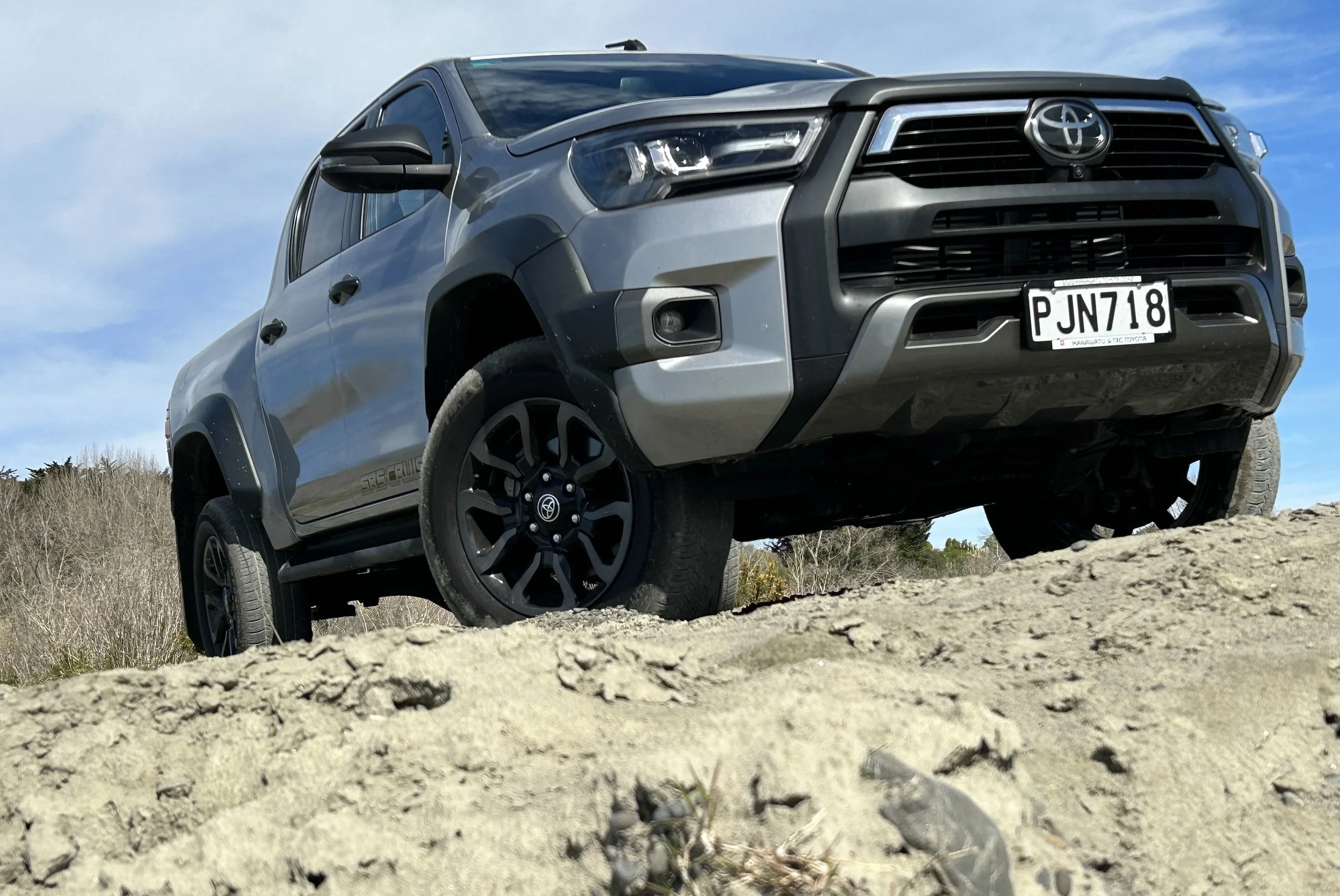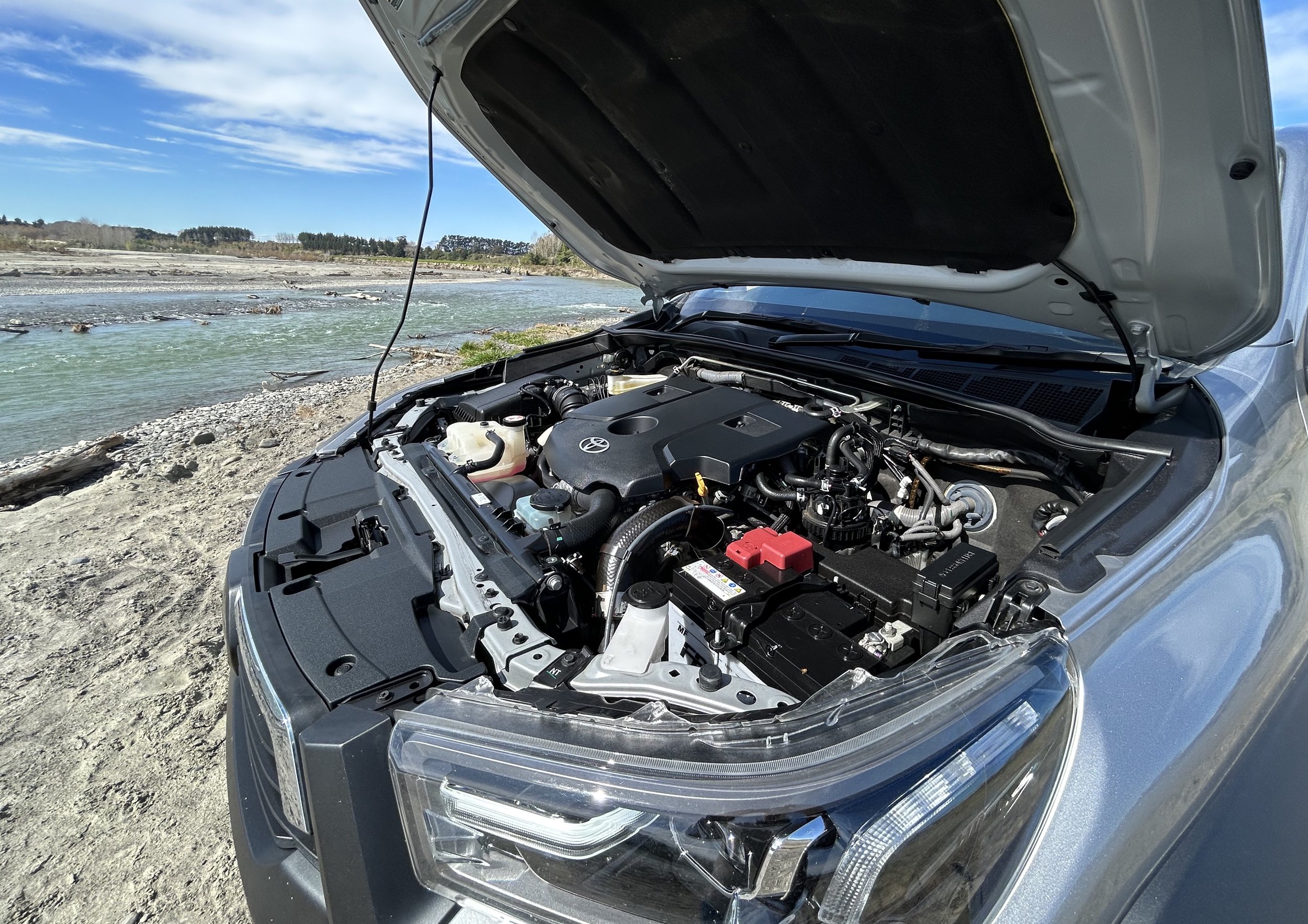Car industry calls out ‘gas guzzler’ report
/Data suggesting big name car makes paying lip service to Clean Car aspiration is “out of date”, MIA boss says.
MORE recent buying trends will show as outdated data highlighting car distributors spending millions more advertising fuel-hungry, high-CO2 models than on promoting small cars or electrics that meet Green good.
So suggests the head of the organisation acting for the nation’s passenger vehicle distributors, in reaction to a national media outlet this week reporting vehicles with the highest advertising spend in the past three years have been either one-tonne utilities or sports utilities.
Radio New Zealand’s assessment relied on Auckland University research into consumer trends and also considered advertising figures from data company Nielsen, collated over three years to 2022.
The latter showed Toyota New Zealand as having spent the most of any company selling a single vehicle. According to Nielsen, the Palmerston North-based market leader paid $7.6m over the three years to 2022 on the Hilux, the country’s second-most popular vehicle behind another one-tonne utility, Ford’s Ranger.
These vehicles are among high level targets of Clean Car and cop thousands of dollars in CO2 count penalties, these hitting distributors as well as purchasers.
Aimee Wiley (below), chief executive officer for the Motor Industry Association, says the industry sensitivity to the data has been high.
The MIA’s boss says her organisation believes the market has changed considerably, to point where the data used - believed to be the latest available - has become “outdated” and “misleading.”
Says Wiley: “A lot has changed in the past 1-2 years.”
She said marketing and advertising strategies are typically targeted and focussed at a point in time on currently available product.
“What was available 1-2 years ago is very different to what is available today.
“This is evident in both number of models now available and volumes of these vehicles.
“If the same analysis, on marketing and advertising focus, was undertaken now on a more recent current dataset - the last 12 months - I would expect to see a shift in focus by all distributors toward more zero and low emission product.”
While citing that SUVs and utilities were commanding the bulk of promotional spend in the period it focused on, the report also nonetheless acknowledges the spend on electrified - that is, hybrids in self-charging and mains-replenishing (plug-in) forms - increased in that period under consideration
Wiley says it is important to recognise that there are significantly more battery-assisted vehicles around now than even at the end of the cited period, let alone at the start.
“The product offering has changed considerably in recent years.”
In January 2020, there were 46 zero and low emission models being offered on sale - of these 11 were fully electric (BEV), 18 were plug-in hybrids (PHEV) and the remainder were mild hybrids.
“Fast forward to August of 2023 and consumers can choose from 172 models, available right now.”
That selection breaks down to 57 BEV, 54 PHEV and 61 hybrids.
“With more and more new models added every month, change is very real and happening now.”
By the end of the Neilsen period, the Clean Car Discount was in action, but uptake of eligible vehicles - a wider span then than now, as the scheme’s terms were altered with effect from July 1 - and availability of stock probably hadn’t warranted significant marketing spend.
Wiley has not addressed which specific model types are subject to promotion at the moment, nor did speak to the report’s claim that ‘the biggest gas guzzlers’ still get the biggest advertising dollars.
Comment that car companies are spending almost four times more advertising large, gas-guzzling vehicles than small cars, despite publicly pledging to combat climate change, is also directly steered clear of.
However, Wiley says manufacturers and their local official distributors continue to focus on adaptation and transition to lower emission product.
She says there has been significant improvement in the past couple of years for both passenger and SUV segments.
“I expect this to also occur for light commercial (utes) in the next 2 –5 years as the technology becomes available and global production can meet demand.”
The report cited Mitsubishi and Ford as having all spent similar amounts to Toyota “promoting their utes and SUVs”. It also highlighted conjoined Korean makes Kia and Hyundai, which do not have utilities in their line-ups.
Transport pollution makes up about 40 percent of the country's carbon emissions, and is one of the country's top priorities in fighting climate change. A 40 percent reduction on 2019 emissions levels is required by 2035.
Wiley says light vehicle fleet average C02 emissions are consistently declining on a year-on-year basis.
“What this means is, as new lower emission technology and product becomes available, it is driving consistent improvement to the NZ fleet.”
One impediment was that, of all vehicles imported here annually, just 50 percent were new vehicles.
“The used vehicle industry accounts for the other half and that is a concern for average C02 emissions,” she said.
“It is difficult for the new vehicle industry to make a big difference to overall fleet C02 improvements when the used industry is allowed to keep feeding the NZ fleet with older, less safe and less clean vehicles that could be up to 18 years old.”
Auckland University’s researchers were led by Dr Kirsty Wild, an environmental sociologist and public health researcher.
They say that not only are more people driving SUVs and utes, but they tend to drive them more than those who had smaller cars.
They also found utes emit about 1.5 times as much carbon as light cars and say that while the larger vehicles were designed for carrying and towing, owners weren't necessarily using the vehicles for those purposes.
Toyota NZ has already responded to questions about why it was marketing the Hilux so aggressively amid a growing climate crisis.
Wiley says the MIA wanted to added that earlier this year, TNZ announced intent to cap sales of the diesel-pure Hilux to no more than 30 percent of its sales mix “in order to ensure they could meet their carbon and environmental targets/goals.”
“This means they have chosen to limit how many Hilux's they sell until a newer lower emission Hilux model becomes available.”
Recently TNZ announced it will introduce a Hilux Hybrid before the end of this year.
That model has the mildest kind of electric assist, a 48 volt fed electric motor generator, that Toyota Australia - also in line for the model - says will deliver just modest fuel saving - much is less involved in fuel saving and emissions reduction than the more advanced full ‘Synergy Drive’ hybrid technology that goes into Toyota and Lexus passenger cars.
Synergy Drive hybrid petrol Lexus and Toyota cars typically use 40 to 50 percent less fuel than equivalent petrol-only models. The Hilux system will trim fuel consumption by 10 percent, Toyota Australia says.



















